Wild plants we can eat are all around us, and knowledge of edible plants is essential in a survival situation. It’s critical to understand wild flora and its uses, so we are ready when crisis strikes.
See also: Bushcraft Wilderness Survival Skills: Making Use of What You Have
Table of contents
- Locating Important Plants
- Wild Plants We Can Eat – A List of Edible Wild Plants
- Dandelion (Taraxacum Officinale)
- Chickweed (Stellaria Media)
- Wood Sorrel (Oxalis Spp)
- Herbit (Lamium Ampllexicaule)
- Dead-Nettle (Lamium Purpureum)
- Plantain (plantago lanceolate)
- Sow thistle (Sonchus Spp)
- Wild Onion (Allium Spp)
- Cress (Cardamine Spp)
- Blackberries (Rubus Fruticosus)
- Asparagus (Asparagus Officinalis)
- Elderberries (Sambucus)
- Pine (Pinus)
- Kudzu (Puenraria Lobata)
- Daylily (Hemerocallis)
- Pecans (Carya illinoinensis)
- Hazelnuts (Corylus)
- Walnuts (Juglans Regia)
- Acorns (Quercus)
- Hickory Nuts (Carya)
- Clovers (Trifolium Repens)
- Red Clovers (Trifolium Pratense)
- Chicory (Cichorium Intybus)
- Coltsfoot (Tussilago Farfara)
- Creeping Charlie (Glechoma Hederacea)
- Cattail (Typha Latifolia)
- Garlic Mustard (Alliaria petiolata)
- Chickweed (Stellaria Media)
- Hop Clover (Trifolium Campestre)
- Herb Robert (Geranium Robertianum)
- Beach Lovage (Ligusticum Scoticum Hultenii)
- Shepherd’s Purse (Capsella Bursa-Pastoris)
- Research Before Eating Wild Plants
- Final Thoughts
Locating Important Plants
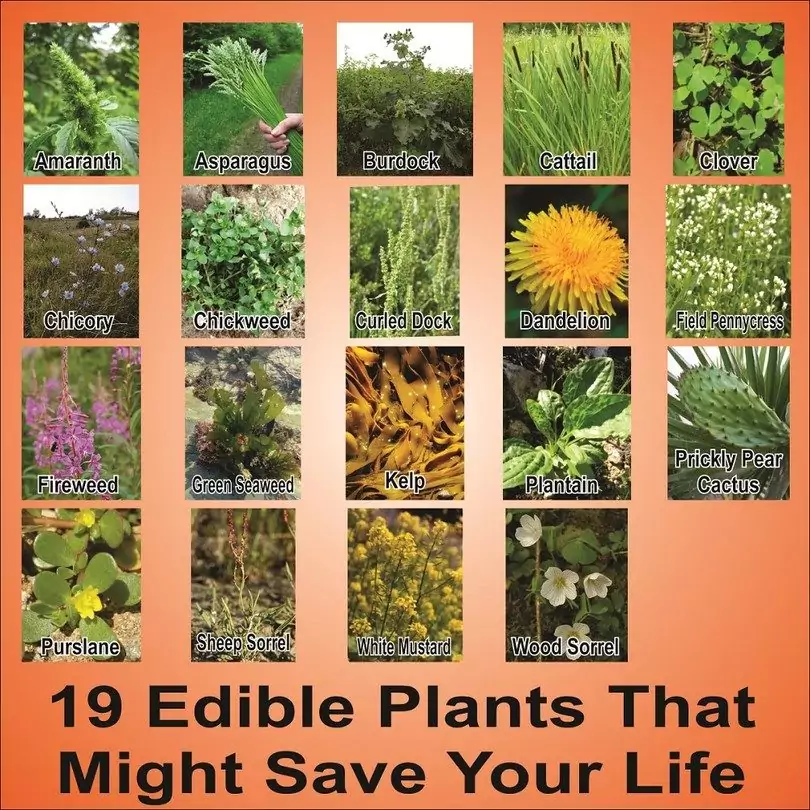
Medicinal, edible plants are everywhere, but you must know where to look for them. Much of what you find will be dependent upon your location. In humid and tropical regions, most edible wild plants can be found in clearings with direct sun. In dry areas, the majority of wild edible plants can be found near the water.
Wild plants, such as dandelions, plantain, wood sorrel dead-nettle, and grass, can often be found in places that have been recently cleared.
Below, we’ve listed some edible plants that can be found in the woods and used for food, medicine, or both.
Wild Plants We Can Eat – A List of Edible Wild Plants
Dandelion (Taraxacum Officinale)
Dandelion can be steamed whole. Its young center greens can be eaten raw, and the best part of the plant is its flower.
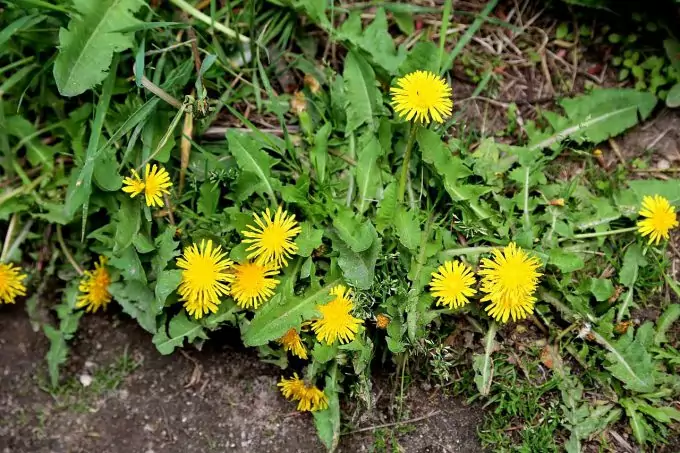
The best way to eat the plant is to remove the green base of the flower and extract the bitter white sap. This plant is abundant in the wild and has sweet, filling leaves.
Chickweed (Stellaria Media)
Chickweed plants are entirely edible and all of their parts can be consumed.
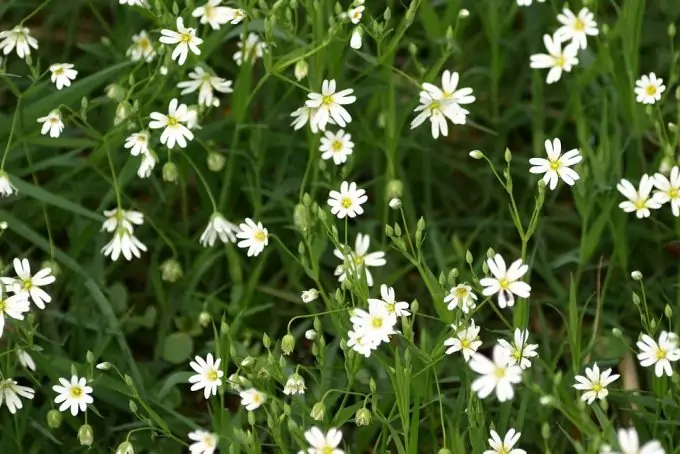
When eaten, chickweed tastes like sweet grass.
Wood Sorrel (Oxalis Spp)
Whole wood sorrel plants can be consumed raw. Make sure to avoid the red stem and leaves due to their bitter taste. The rest of the plant has a refreshing, acidic flavor that is nice to the palette. Wood sorrel is a common plant that can usually be seen in clearings, lawns, and deep wilderness.
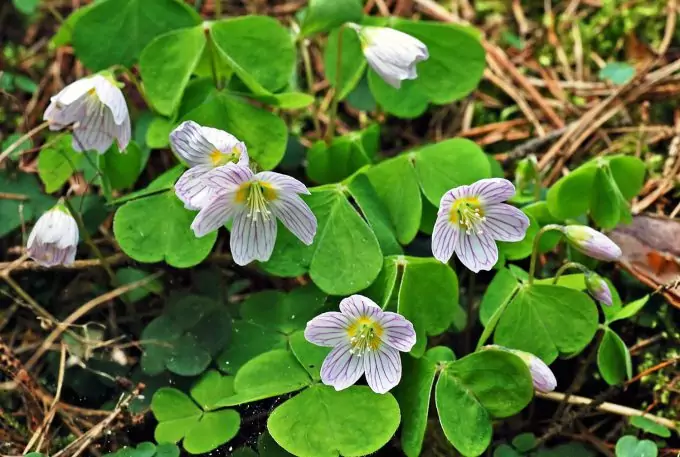
Consume this plant in moderation. Its oxalate content is quite high, and this can cause gastrointestinal ailments when taken in large quantities.
Herbit (Lamium Ampllexicaule)
This is another wild plant that is wholly edible and can be eaten raw. It tastes like mild mint with a tinge of a grassy, sweet flavor. Before eating herbit, avoid its stems and remove the tops.
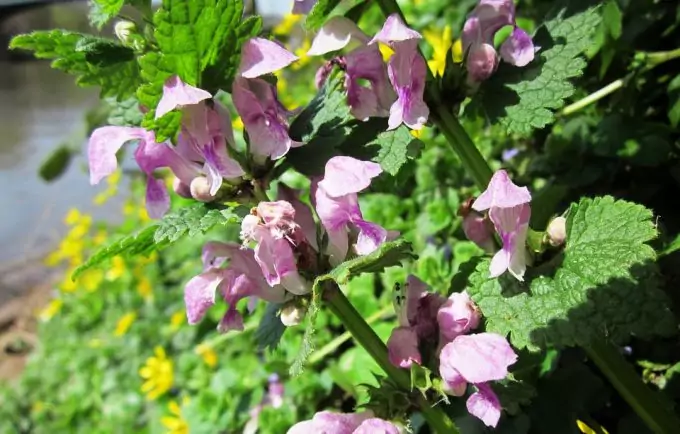
The herbit comes in a huge carpet formation, usually in the early times of the year.
Dead-Nettle (Lamium Purpureum)
This plant has many similar properties to the herbit, and it is consumed in the same way.
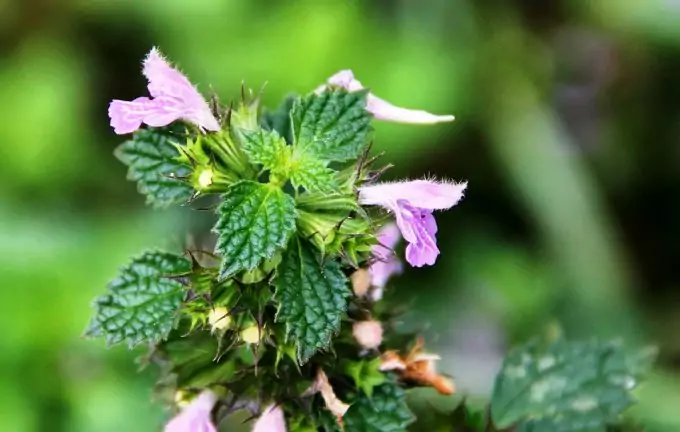
It grows in abundance, like a huge carpet on the ground, mostly during spring time.
Plantain (plantago lanceolate)
The young leaves in the center of this plant are eaten raw and have a good salty flavor.
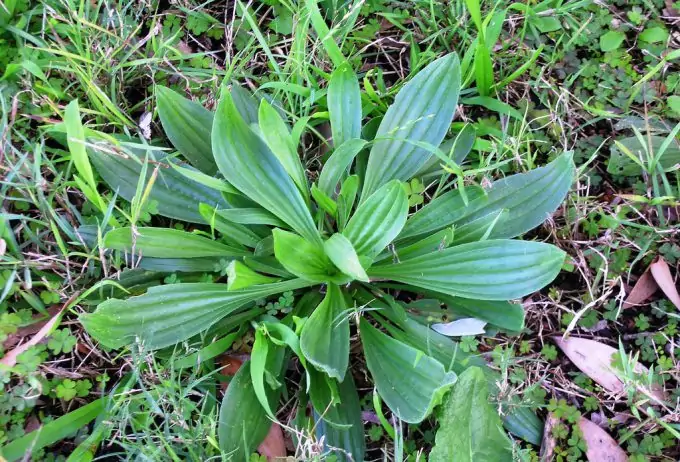
The English plantain variety and the common plantain are quite similar to each other.
Sow thistle (Sonchus Spp)
Sow thistle is like dandelion, with yellow flowers that can be prepared in the same process and eaten raw.
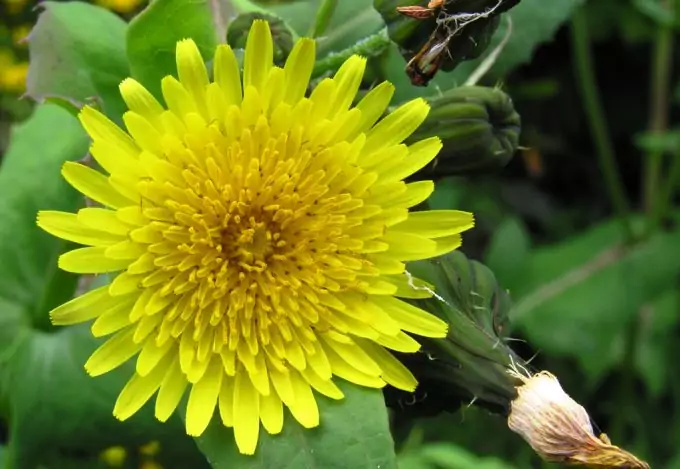
This thistle is more prickly-looking than dandelion.
Wild Onion (Allium Spp)
Wild onion plants are commonly found in areas that are regularly mowed.
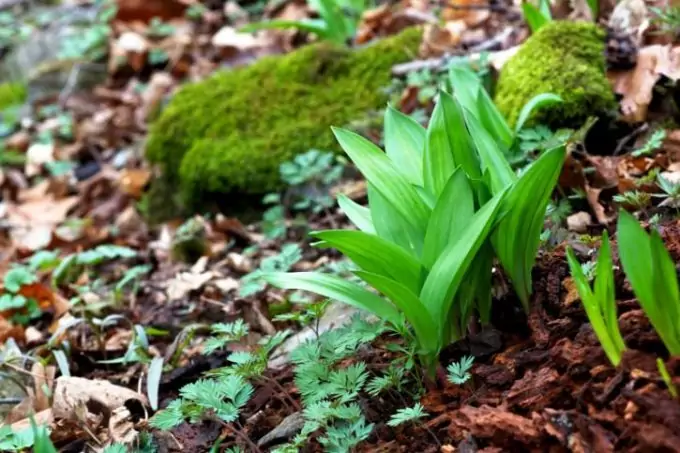
Bunches of wild onions are normally used like scallions.
Cress (Cardamine Spp)
Cress is a wild plant that can often be seen in cities. It is part of the mustard family and therefore has a slightly tangy mustard flavor when eaten raw.
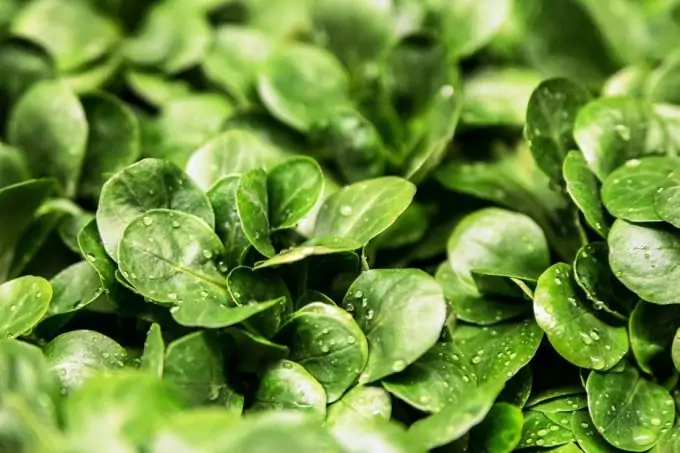
Full-grown cress plants can be steamed like mustard greens.
Blackberries (Rubus Fruticosus)
Most wild berries are not safe for human consumption, with the exemption of blackberries which are 100% edible and safe. Blackberries have long thin stems with green jagged leaves. They are abundant in spring and can be found clustered around its bush.
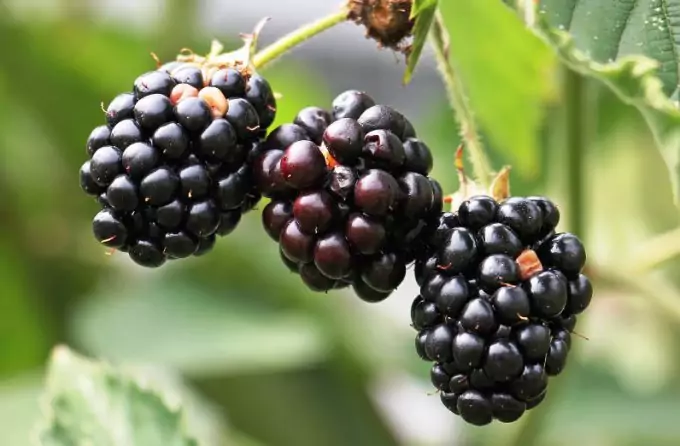
Blackberries are ripe from the months of August to September.
Asparagus (Asparagus Officinalis)
Asparagus is mostly found in Europe and regions of North Africa. This plant gives the urine a peculiar smell when it is ingested. This plant is a great source of vitamin C, potassium, vitamin B6, and thiamine.
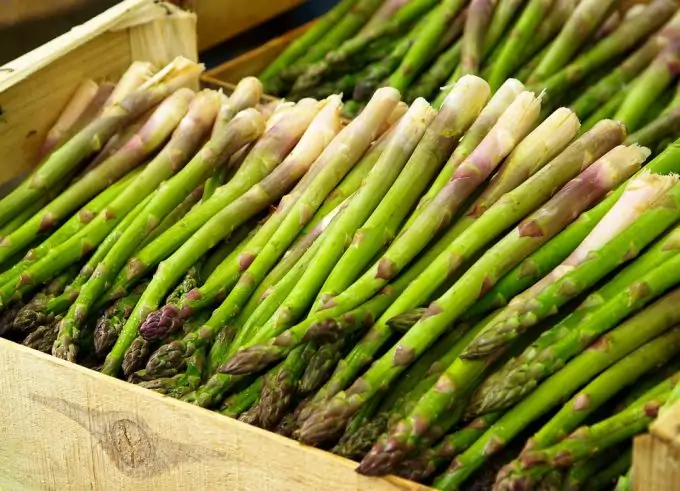
The asparagus is best consumed after it’s boiled or roasted. It can be eaten raw in a pinch.
Elderberries (Sambucus)
Elderberry shrubs produce a large quantity of food and often grow up to 10 feet tall. They have about 7 central leaves stretched out from the stems, creating a long jagged-edged appearance. The white flowers of this plant form a cluster that looks like an umbrella.
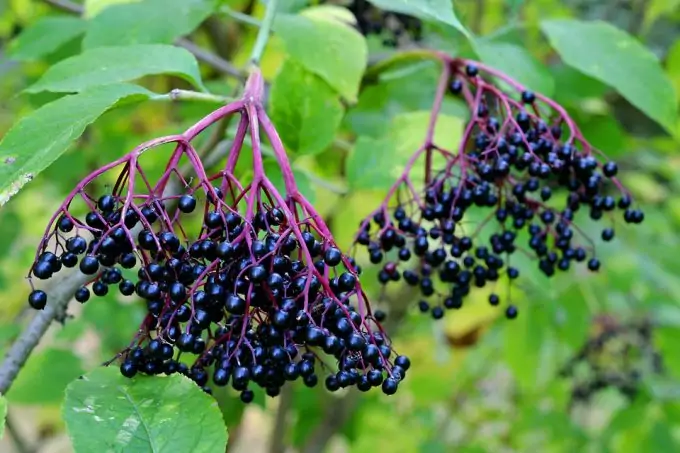
Berries from the elderberry plant are ripe by September. Elderberries must be properly processed to prevent intoxication, but they can be used to treat flu and colds. The berries can be processed into homemade jellies.
Pine (Pinus)
Pine comes in different varieties and species. It is a good source of food and can also be used for some medicinal purposes.
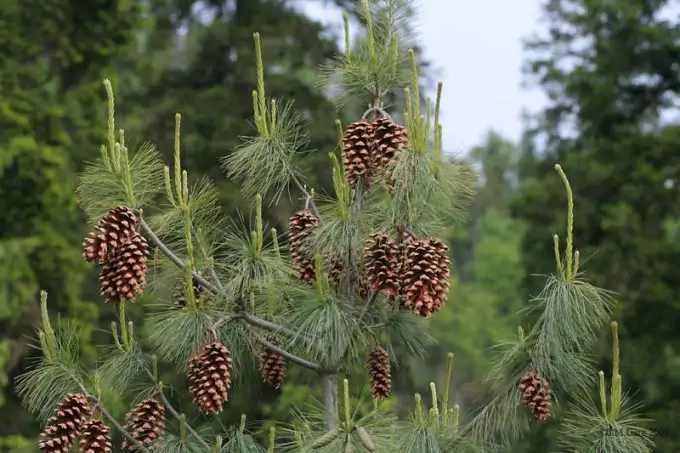
Native Americans use ground pine to treat scurvy. Pine is rich in vitamin C and can also be made into a tea by boiling a water bowl and dropping in a few pine needles.
Kudzu (Puenraria Lobata)
Kudzu is fully edible and has many medicinal properties; it can treat inflammation, migraines, and headaches.
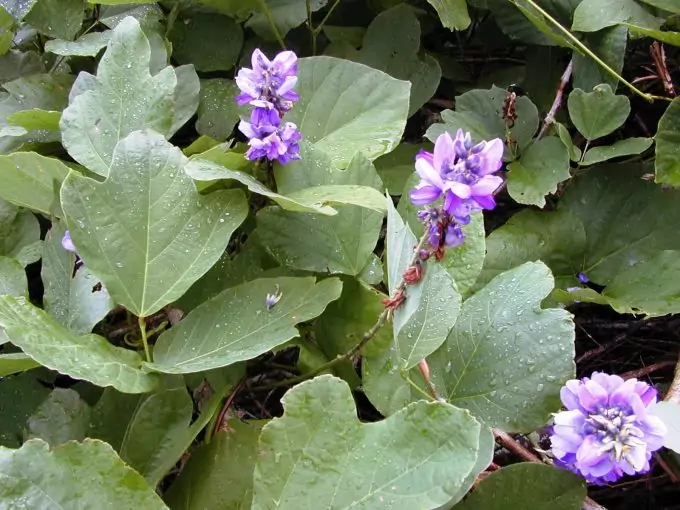
Boil, steam, or eat the stems and roots raw.
Daylily (Hemerocallis)
The Daylily is a common plant that is scattered in many places. It has bright orange flowers with surrounding foliage that comes straight out of the ground.
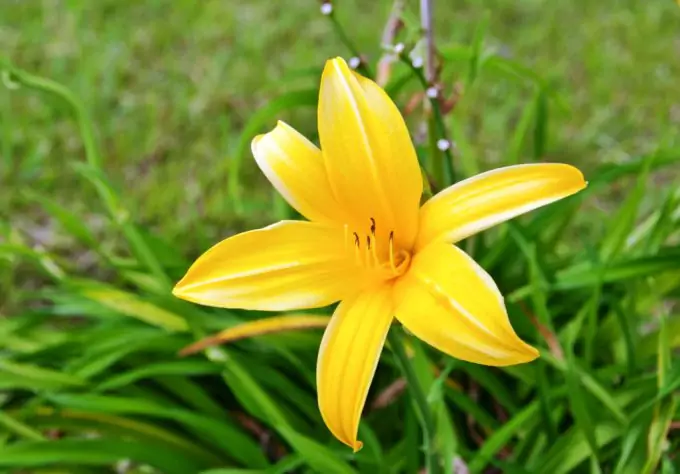
The flower buds can be eaten even before they open or be cooked like any other ordinary vegetable.
Pecans (Carya illinoinensis)
Pecan trees grow to an average of 20 to 30 feet tall, and their leaves have long, smooth edges. This plant has its origins in the south-central part of North America.
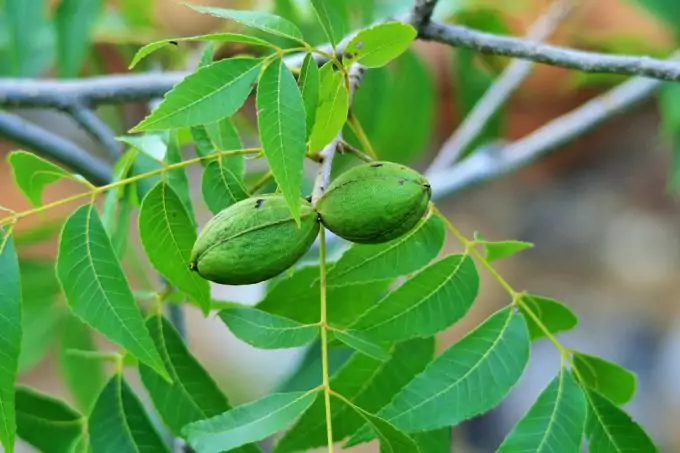
Pecan trees provide a filling, nutritious food cache for those lucky enough to live near them.
Hazelnuts (Corylus)
Hazelnut trees grow up to 20 feet in height and bear green, bright leaves with pointed edges.
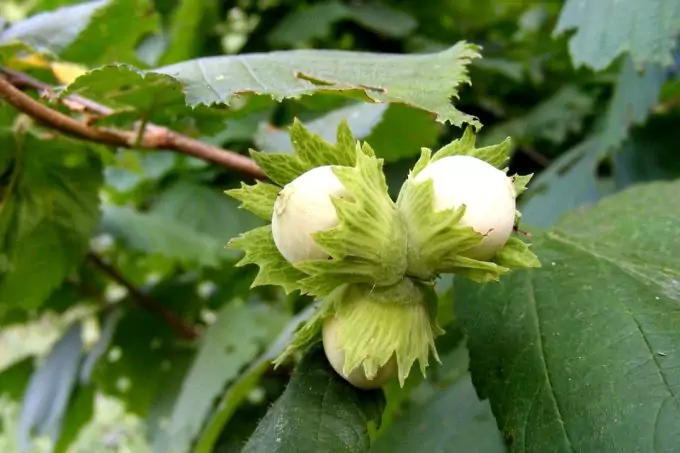
Hazelnuts mature in pods and are usually ripe in September and October.
Walnuts (Juglans Regia)
Walnut trees are the tallest nut trees in North America, growing to a maximum height of 30 feet tall. Their leaves look similar to the pecan nut tree.
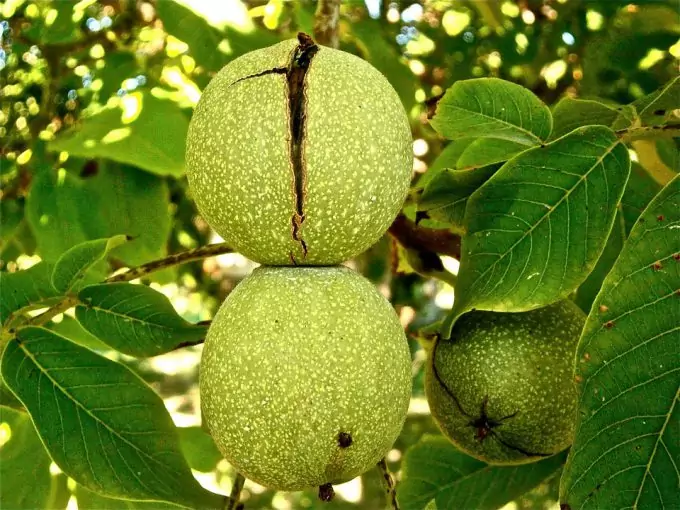
Walnuts grow in clusters and are ready to be eaten by fall.
Acorns (Quercus)
Acorns are also known as oak nuts. They are bitter to the taste and can be easily recognized by the shape of their shells.
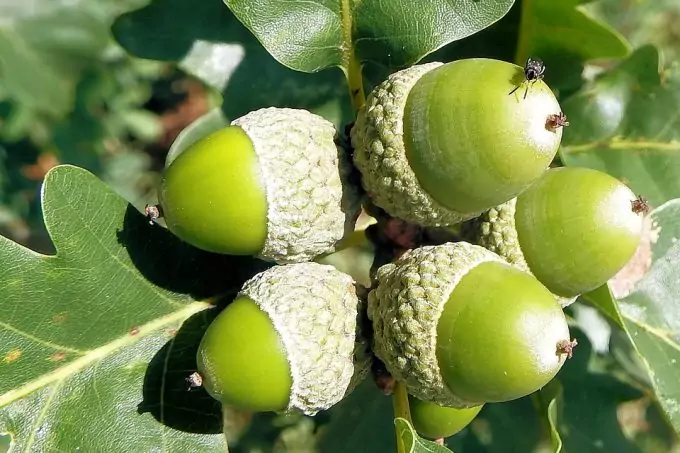
Before acorns are eaten, they must be thoroughly cooked. Only eat acorns in small quantities.
Hickory Nuts (Carya)
Hickory trees grow to about fifty to sixty feet tall. They have large leaves that look like a spear with pointed edges.
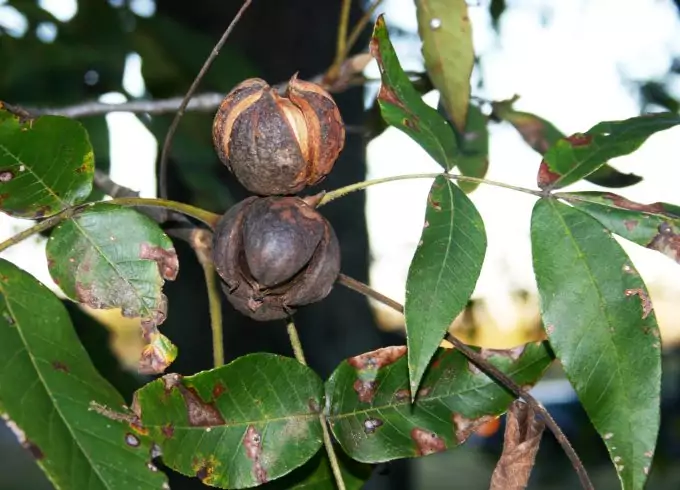
Hickory nuts have a green, round shell, and are ripe for eating by September or October of every year.
Clovers (Trifolium Repens)
Clovers are edible and can be found in many places. You’ll find clover wherever grass is growing
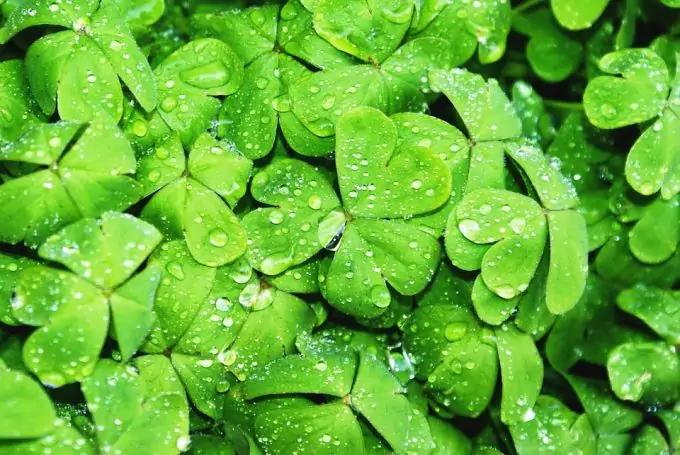
Distinctive trefoil leaves and white flowers make the Trifolium easy to spot. This plant tastes best when it’s boiled.
Red Clovers (Trifolium Pratense)
Red clovers are abundant in the wild.
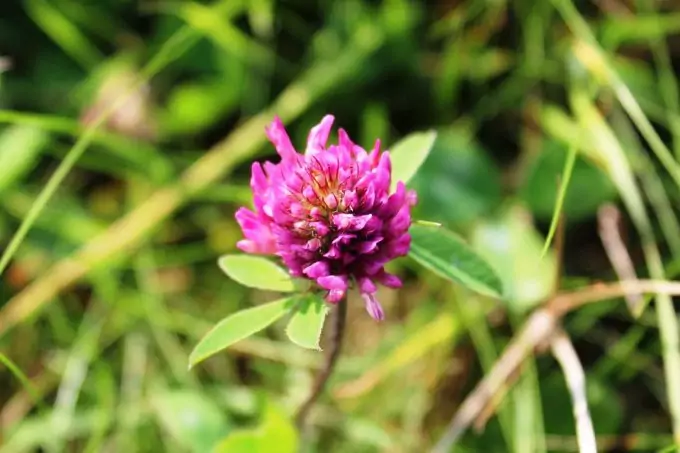
Eat these flowers and blossoms as they are, or steep in hot water to make tea. Enjoy all parts of this plant in a salad, if you’d like.
Chicory (Cichorium Intybus)
Chicory is found in North America, Australia, and Europe. The whole plant is safe for eating, including its blue flowers, which may come in white or pink colors.
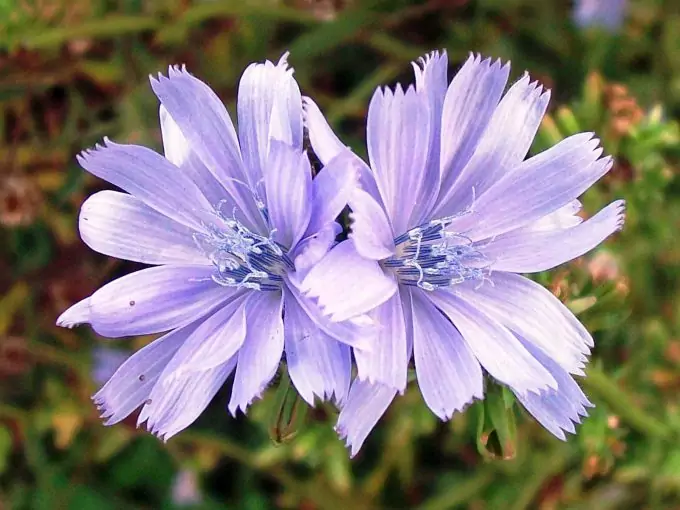
Chicory is renowned for its potency when used on internal parasites.
Coltsfoot (Tussilago Farfara)
The flowers, along with the young leaves of this plant, are edible. Coltsfoot flowers are eaten raw or can be mixed with salads to produce an aromatic flavor. The flower’s head, when added to honey, is often used as cough medicine.
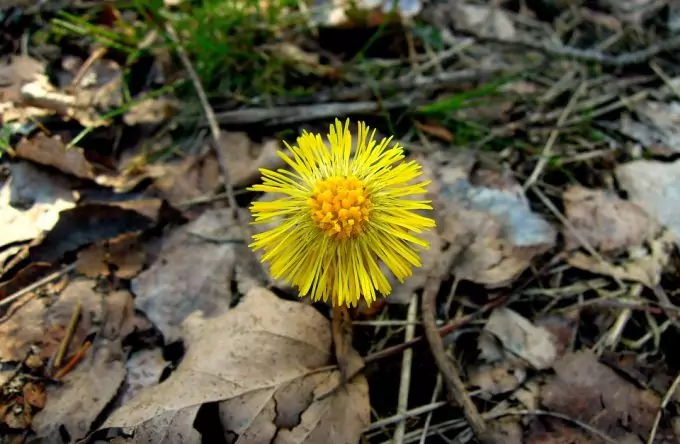
The leaves are bitter, but they can still be used for salads and stews.
Coltsfoot is known to be a natural cough remedy. However, prolonged use is not advisable. Pregnant women and infants should avoid coltsfoot due to its liver-damaging properties.
Creeping Charlie (Glechoma Hederacea)
Enjoy the creeping charlie’s young leaves raw or cooked, depending on your preference. The slightly bitter flavor of the leaves produces an aromatic tang that goes well with salad or in juice. They can also be added to omelets, stews, soups, or dried to create tea.
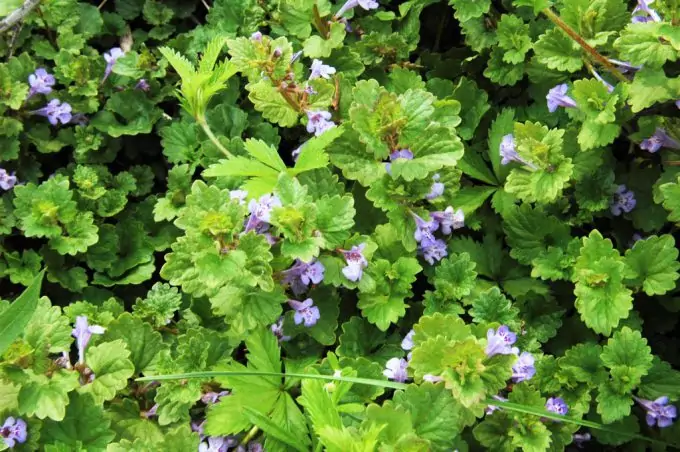
The common name for creeping Charlie is ground-ivy, tunhoof, alehoof, coltsfoot, field balm run-away-robin, and gill-over-the ground.
Cattail (Typha Latifolia)
North Americans commonly know this plant as punks, but its common name in England is reedmace or bullrush. This plant is typically found in freshwater wetlands. Cattails have been a traditional part of Native American tribe diets and are eaten raw or boiled.
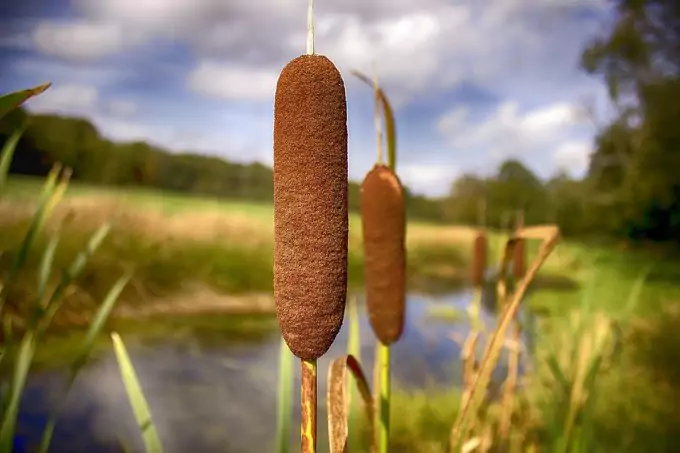
The best part of the cattail is the white part of the stem at the bottom part of the plant. Cattail flowers essentially taste like corn at the beginning of summer and are quite enjoyable.
Garlic Mustard (Alliaria petiolata)
Garlic mustard’s leaves, flowers, roots, and seeds can be eaten. The leaves have a bitter taste, but their flowers are often sliced up to be enjoyed in salads.
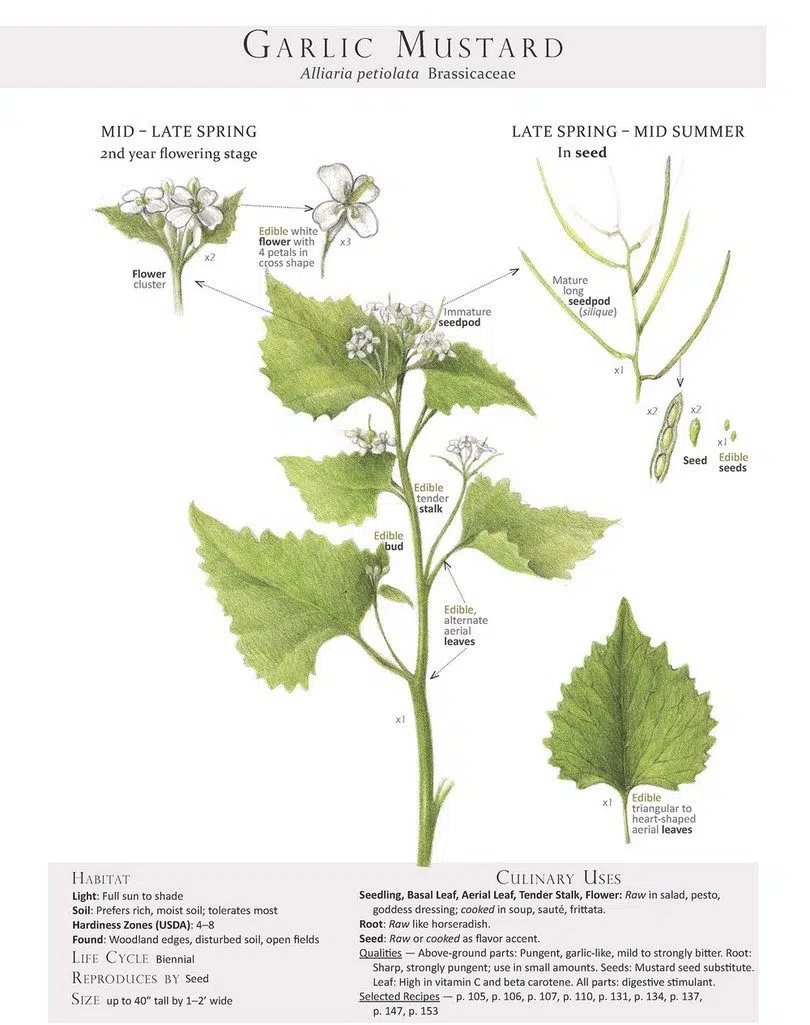
When flower stalks are not present, the plant’s roots can be used for its pleasant horseradish flavor. Garlic mustard is harvested in late fall and early spring.
Chickweed (Stellaria Media)
Chickweeds are eaten raw, but can also be boiled prior to consumption.
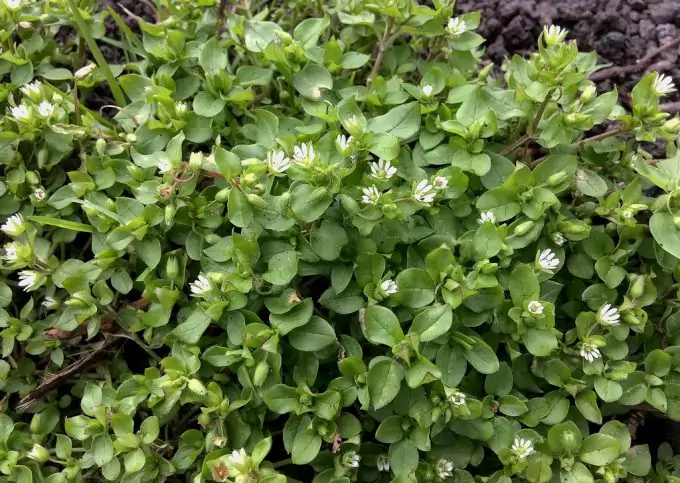
These nutritious wild plants become visible during the months of May and July.
Hop Clover (Trifolium Campestre)
All the parts of the hop clover can be used raw or processed for beverages and other food items.
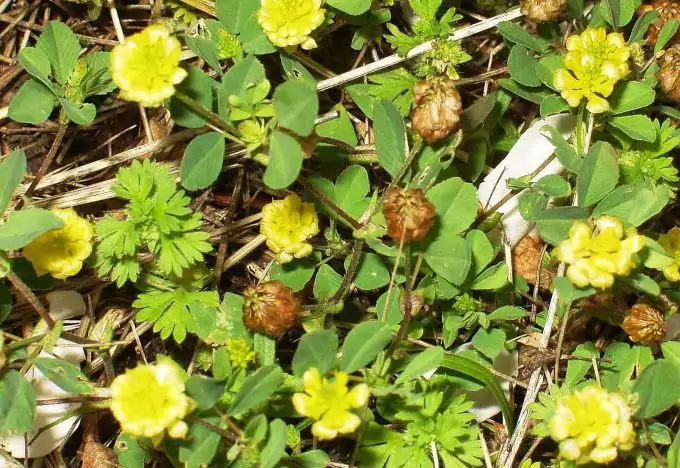
Hop clover flowers are used for tea. The seeds, which are harvested in autumn, can be grounded into flour or eaten raw. The leaves can be added to salads, juices, omelets, and sandwiches.
Herb Robert (Geranium Robertianum)
The herb Robert plant’s parts are all edible. The leaves can also be used to ward off mosquitoes by rubbing them on the skin.
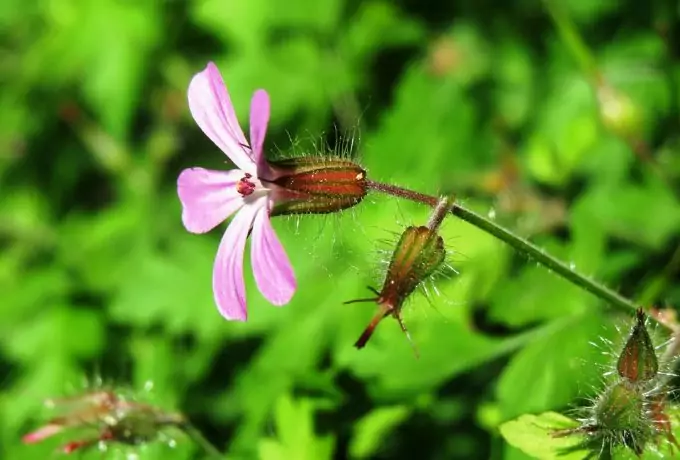
Whole herb Robert plants deter deer and rabbits from gardens, offering a natural form of protection for cultivated plants.
Beach Lovage (Ligusticum Scoticum Hultenii)
Raw leaves from this plant can be tossed in salads or added to soups and salsas.
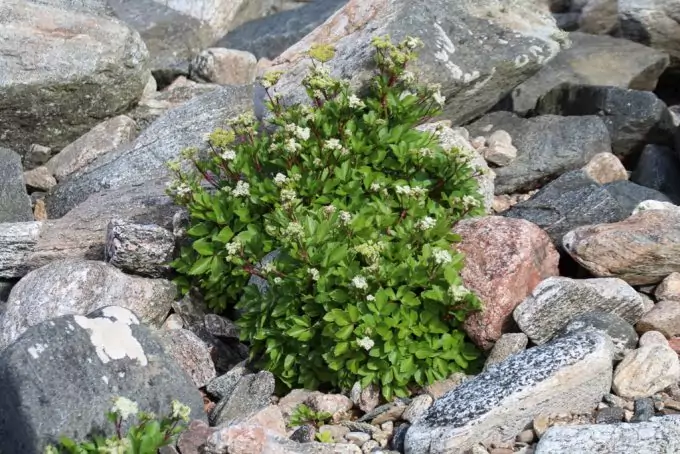
Beach lovage has better taste before its flowers emerge, so its great flavor is often sought after for seasoning purposes.
Shepherd’s Purse (Capsella Bursa-Pastoris)
Young leaves from the shepherd’s purse plant are great when added to salads or soups.
Its leaves can be eaten for the whole summer period, but its mature leaves have a less appealing peppery flavor.
Research Before Eating Wild Plants
We recommend purchasing a guidebook for a complete understanding of wild plants and their edible or medicinal properties. This will also help you identify plants in your local area.
When searching for edible plants, be on the lookout for ornamental trees that have attractive flowers. These flowers will often lead you to edible berries, plums, or crab apples.
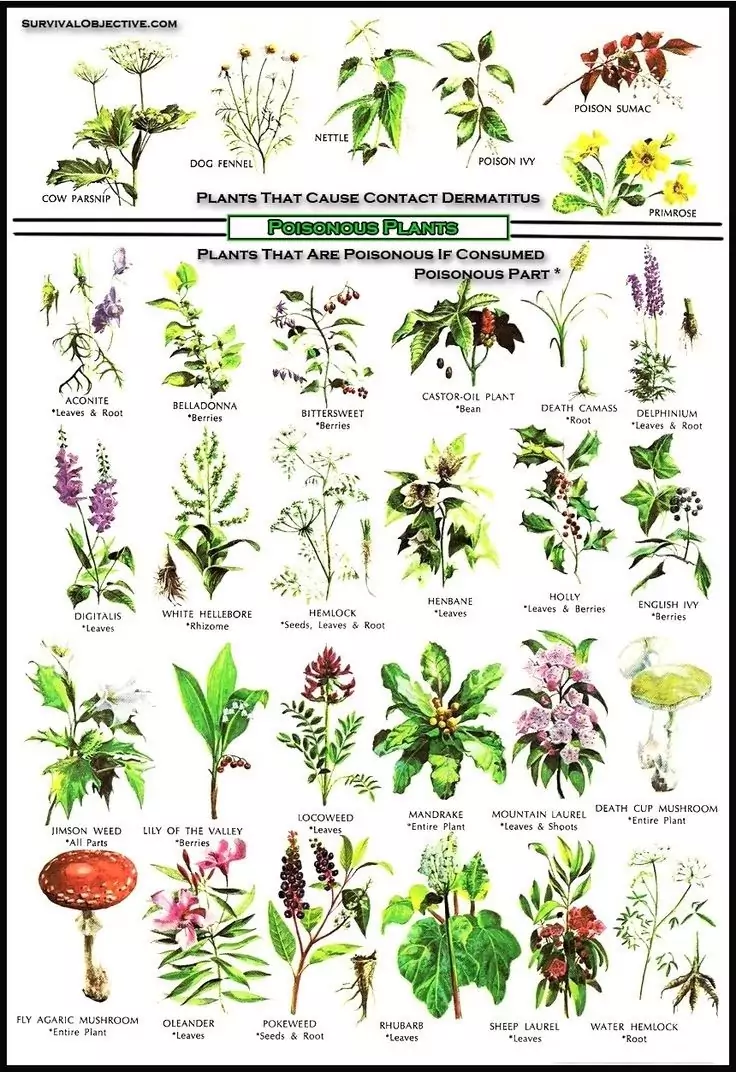
The majority of nuts in the wild are healthy and fit to be consumed by humans. They can usually be found underneath trees. Acorns are in abundance under the oak tree’s leaves and can be consumed without the need for further processing. Trees that bear edible fruits can usually be found in the open, mostly on roadsides, forest clearings, and nearby bodies of water.
Keep in mind that fruit trees need the sun to bear their fruits, so the likelihood of finding fruit-bearing trees deep in the forest is nil.
Final Thoughts
See more of our tips on how to survive in the wild for added information on wilderness survival.
I’ve also provided a list of good plant foraging books below.

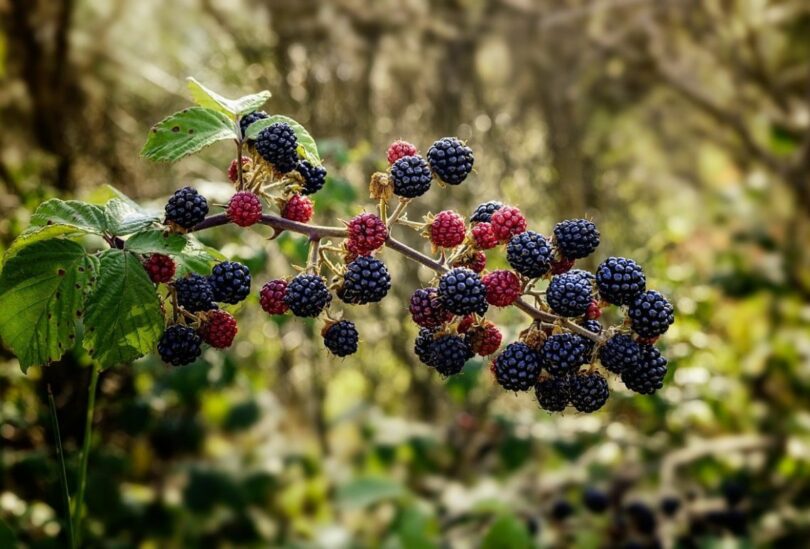







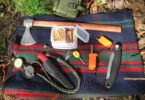
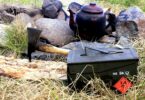
Thanks for this extensive list. It is tricky to find something safe to eat in the wilderness. I avoid any bitter-tasting plant, especially if I’m not familiar with it.
I also wanted to add Amaranth (Amaranthus retro flexus) It grows everywhere on earth, and it is eaten raw. However, it’s better to boil it before consuming it because it has oxalic acid which is rich in nitrate acid.
My rule is, if I’m not entirely sure, I avoid it. Better to remain extremely hungry than poisoned, or worse, dead.
That’s very true, Frank, but the ones in the list are risk-free.
Yes, I understand that now.
Hi Frank, You do not necessarily have to go hungry. Instead you should prepare in advance before going into the wild. You should have a list of edible plants that grow in the area you are exploring. Try as much as possible to know how to identify edible plants.
We try to prepare everything that we might need before a hike and good reason to learn which food you can eat in the wild. I read somewhere that two wild plants are rampant and look almost identical but one is edible and the other poisonous. So yeah, I agree with Frank that when you’re not sure, leave it.
One of the grave mistakes a forager can make is harvesting poisonous plants. Therefore, you certainly need our article.